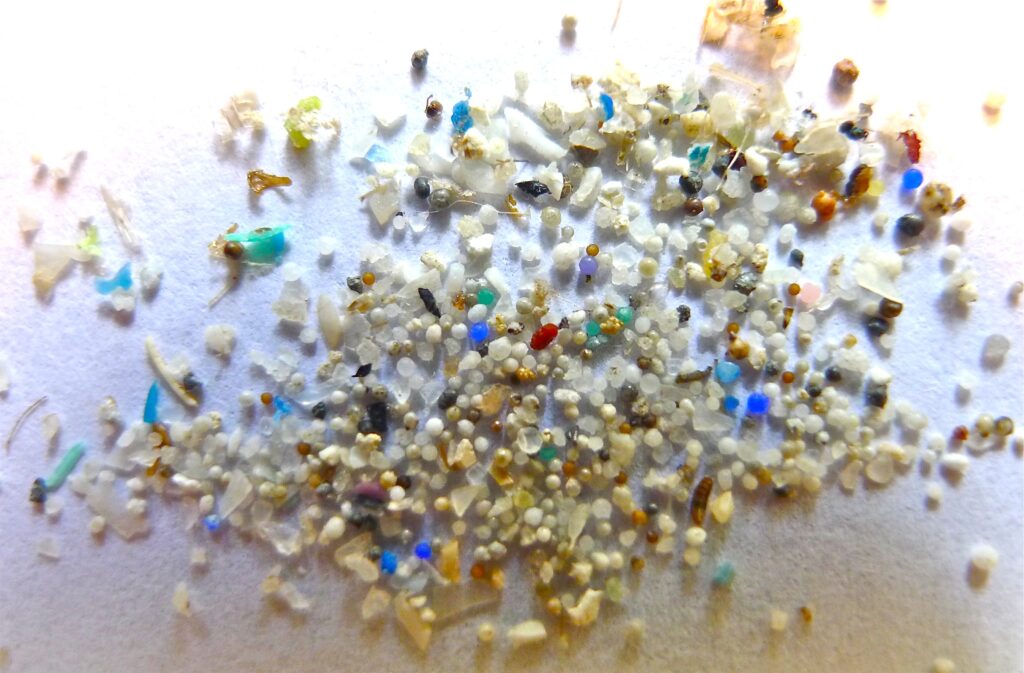
Plastic has become an undeniable part of our lives. From the water bottles we drink from to the packaging on our groceries, plastic is everywhere. But what happens to all this plastic after we throw it away? Unfortunately, a significant amount ends up in our environment, breaking down into tiny particles called microplastics. These microplastics are now being found in surprising places, and scientists are starting to explore the potential risks they may pose to human health.
This article will delve into the world of microplastics and human health, exploring what they are, where they come from, and how they might be affecting our health. We’ll also discuss what you can do to reduce your own plastic footprint and protect yourself from potential microplastic exposure.
Also Read: Understanding Micronutrient Deficiencies and Their Impact on Your Health
What are Microplastics?
Microplastics are tiny plastic particles, less than 5 millimeters in size (that’s about the width of a sesame seed!). There are two main types of microplastics:
- Primary microplastics: These are tiny plastic particles manufactured for specific purposes, like microbeads in facial scrubs or plastic fibers in synthetic clothing.
- Secondary microplastics: These are larger plastic items that break down over time into smaller and smaller pieces. This can happen when plastic bags or bottles are exposed to sunlight and weather.
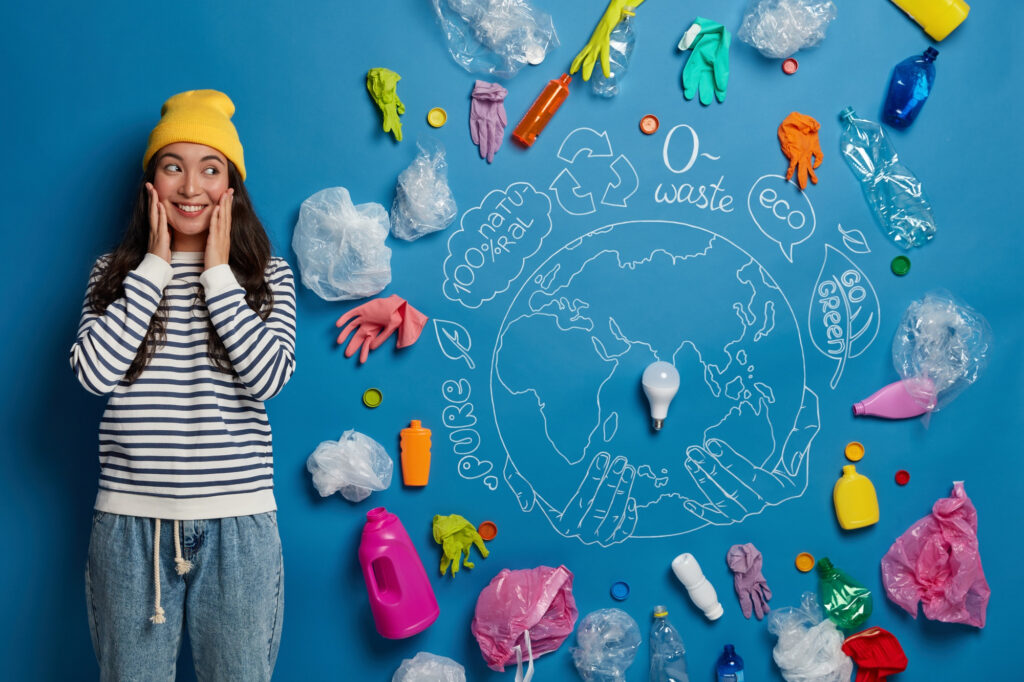
Where Do Microplastics Come From?
Microplastics are everywhere! Here are some common sources:
- Plastic pollution: When plastic waste breaks down in the environment, it can turn into microplastics. This includes plastic bags, bottles, packaging, and even synthetic clothing fibers that shed during washing.
- Cosmetics: Microbeads, tiny plastic spheres used in some exfoliating products, are a major source of primary microplastics. Thankfully, many companies are phasing out microbeads in favor of more natural alternatives.
- Industrial processes: Certain industrial processes can release microplastics into the environment, such as those from car tire wear and tear or plastic manufacturing facilities.
- Synthetic clothing: Clothes made from synthetic materials like polyester or nylon can shed tiny plastic fibers when washed. These fibers can end up in our waterways and ultimately, the food chain.
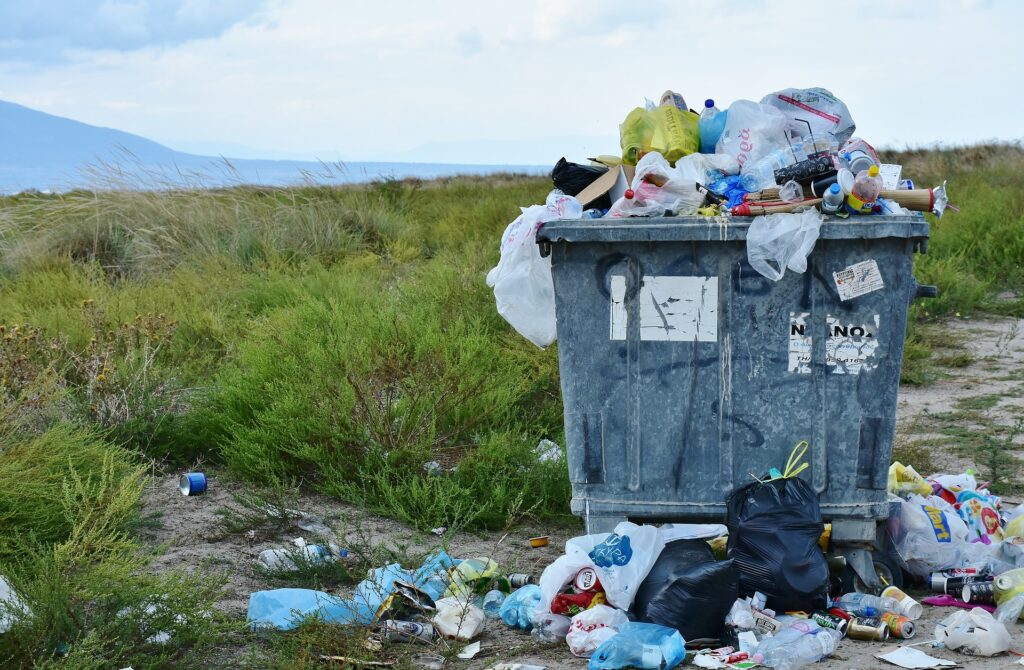
Microplastics in Our Environment
Microplastics have been found in almost every corner of the globe, from the deepest ocean trenches to the snowcapped mountains. They are present in our oceans, lakes, rivers, and even our drinking water. Microplastics can also contaminate the soil and blow around in the air, making them practically unavoidable.
Also Read: Forest Bathing And Nature Therapy: What It Is and Where to Do It
The Potential Risks of Microplastics to Human Health
The long-term effects of microplastics on human health are still being studied. However, there is growing concern that these tiny particles may pose some risks:
- Ingestion: We can ingest microplastics through contaminated food and water. Seafood, especially shellfish, can accumulate microplastics in their bodies. We can also inhale microplastics present in the air.
- Health problems: Some studies suggest a possible link between microplastic exposure and various health problems, including digestive issues, inflammation, and even certain types of cancer. However, more research is needed to confirm these links.
- Disrupting the food chain: Microplastics can be mistaken for food by small organisms at the base of the food chain. These microplastics can then bioaccumulate, meaning they become more concentrated as they move up the food chain, potentially impacting the health of larger animals, including humans.
What You Can Do to Reduce Microplastic Pollution?
While the issue of microplastics is complex, there are steps you can take to reduce your own plastic footprint and minimize your exposure:
- Reduce your plastic use: Carry a reusable water bottle, shop with reusable bags, and avoid single-use plastics whenever possible.
- Choose products with care: Look for cosmetics and personal care products that are free of microbeads. Opt for natural fibers like cotton or linen over synthetic clothing.
- Support sustainable practices: Look for companies committed to reducing plastic waste and developing sustainable packaging solutions.
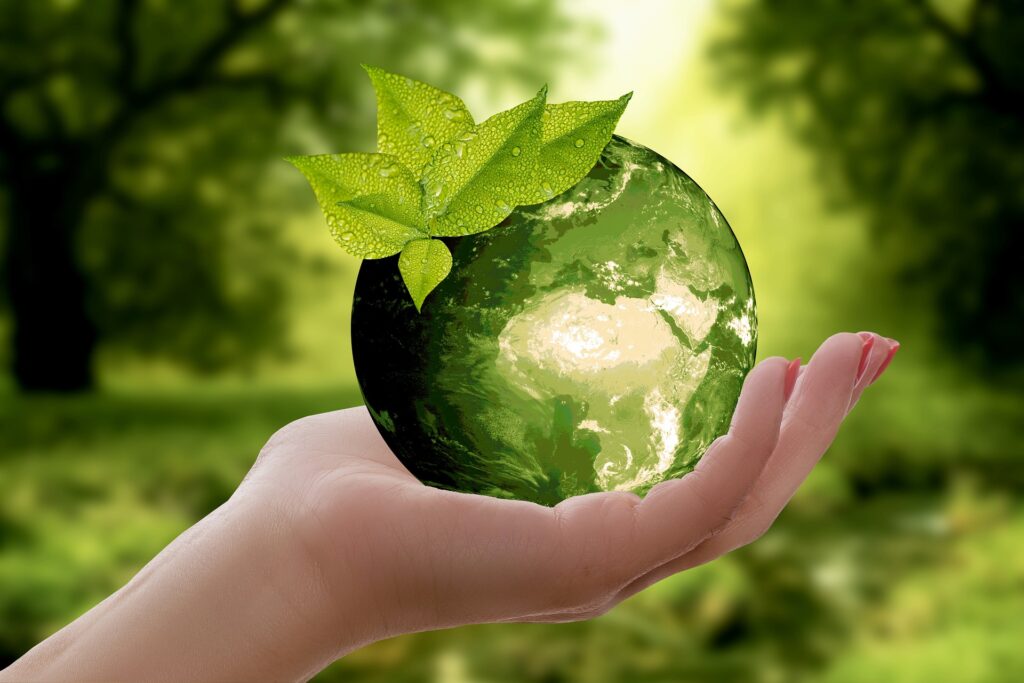
- Spread awareness: Talk to friends and family about the issue of microplastics and encourage them to reduce their plastic use as well.
Looking Ahead: A Call for Action
Microplastic pollution is a global problem that requires a multi-pronged approach. Individuals, businesses, and governments all have a role to play in reducing plastic waste and finding solutions to manage microplastics already in the environment.
Resources for further information:
- The National Oceanic and Atmospheric Administration (NOAA): Marine Debris Program https://marinedebris.noaa.gov/what-marine-debris/microplastics
- The Plastic Pollution Coalition https://www.plasticpollutioncoalition.org/
Here are some additional points to consider:
- Microplastics and the Microbiome: The human gut is home to a vast community of microorganisms known as the microbiome. These microbes play a crucial role in digestion, immune function, and overall health. Some studies suggest that microplastics may disrupt the delicate balance of the gut microbiome, potentially leading to health problems.
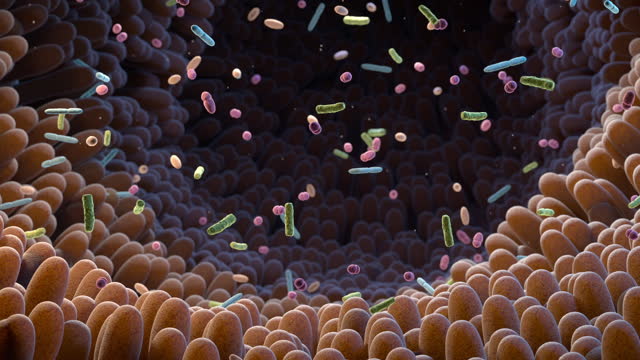
- Research Challenges: Studying the health effects of microplastics is complex. Microplastics come in various shapes and sizes, and their potential impacts can differ. Researchers are still working to understand how the size, shape, and surface properties of microplastics influence their interaction with the human body.
- Emerging Solutions: Scientists and engineers are exploring different strategies to address microplastic pollution. This includes developing biodegradable plastics, improving waste management systems, and even researching ways to filter microplastics from water.
Living with Microplastics: Balancing Risk and Lifestyle
The news about microplastics can be concerning. However, it’s important to remember that research is ongoing, and the full picture of their health impacts is still emerging. While we can’t completely eliminate exposure to microplastics, there are steps we can take to reduce our footprint and support solutions.
Focus on making informed choices in your daily life. Carry a reusable water bottle, shop with reusable bags, and choose products that minimize plastic use. Talk to friends and family about the issue and encourage them to join you in reducing plastic waste. By taking action together, we can make a difference and work towards a cleaner, healthier future for ourselves and the planet.
Here are some additional tips for reducing your plastic footprint:
- Plan your meals: Reduce food waste by planning your meals and buying only what you need. Leftovers can be stored in reusable containers.
- Compost food scraps: Composting food scraps is a great way to reduce waste and create nutrient-rich soil for your garden.
- Support local businesses: Shopping at local stores that offer package-free options or use sustainable packaging can help reduce plastic waste.
- Get creative with repurposing: Instead of throwing away plastic containers, get creative and find ways to reuse them for storage or other purposes.
Remember, even small changes can make a big difference!
By being mindful of our plastic use and supporting sustainable practices, we can help address the issue of microplastics and create a healthier future for ourselves and generations to come.
Microplastics and Human Health: An Emerging Threat of Plastic Pollution – FAQs
Microplastics are a complex issue with many unknowns. Here are some frequently asked questions to shed light on this growing concern:
- Are microplastics everywhere?
Unfortunately, yes. Microplastics have been detected in our oceans, lakes, rivers, and even drinking water. They are also present in the soil and air, making them nearly unavoidable in our daily lives.
- How do microplastics get into our bodies?
We can ingest microplastics through contaminated food and water. Seafood, especially shellfish, can accumulate microplastics in their bodies. We can also inhale microplastics present in the air, especially in urban environments with high levels of air pollution.
- Are microplastics harmful to human health?
The long-term effects of microplastics on human health are still being studied. However, there is growing concern that they may pose some risks, such as digestive issues, inflammation, and even certain types of cancer. More research is needed to confirm these potential links.
- Should I be worried about microplastics in my drinking water?
While microplastics have been found in drinking water, the current levels are not believed to pose a significant health risk in most developed countries with proper water treatment systems. However, it’s still a good idea to be mindful and consider using a water filter certified to remove microplastics, especially if you are concerned.
- What about the microplastics in my clothes? Are they dangerous?
Synthetic clothing fibers can shed microplastics during washing. While the health implications of this are still being investigated, it’s a good idea to wash clothes less frequently and in cold water to reduce fiber shedding. Opting for natural fibers like cotton or linen can also help minimize microplastic release.
- Is there anything I can do to avoid microplastics?
Completely eliminating microplastic exposure is difficult, but there are steps you can take to reduce your risk:
- Reduce your plastic use: Carry a reusable water bottle, shop with reusable bags, and avoid single-use plastics whenever possible.
- Choose products with care: Look for cosmetics and personal care products free of microbeads. Opt for natural fibers in clothing.
- Be mindful of food packaging: Choose products with minimal plastic packaging or opt for unpackaged options when available.
- What about bioplastics? Are they a better option?
Bioplastics are plastics derived from renewable resources like corn starch or cellulose. While they can be a more sustainable alternative to traditional plastics, some bioplastics don’t necessarily biodegrade completely and may still contribute to microplastic pollution.
- Is there any hope for cleaning up microplastics already in the environment?
Scientists and engineers are exploring different strategies to address microplastic pollution. This includes researching ways to filter microplastics from water, developing new technologies to capture them in the environment, and even exploring the potential of microbes that can break down certain types of plastics.
- What can I do to make a difference?
By making informed choices in your daily life and supporting sustainable practices, you can help reduce plastic waste and microplastic pollution. Talk to friends and family about the issue and encourage them to join you in these efforts. You can also support organizations working to address plastic pollution and advocate for policies that promote responsible plastic use and waste management.
- Where can I find more information about microplastics?
Here are some resources for further information:
- The National Oceanic and Atmospheric Administration (NOAA): Marine Debris Program https://marinedebris.noaa.gov/what-marine-debris/microplastics
- The Plastic Pollution Coalition https://www.plasticpollutioncoalition.org/

